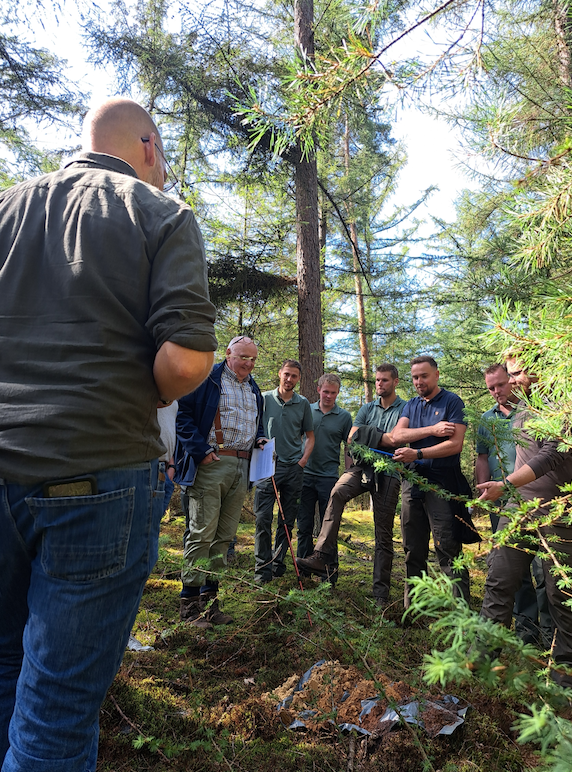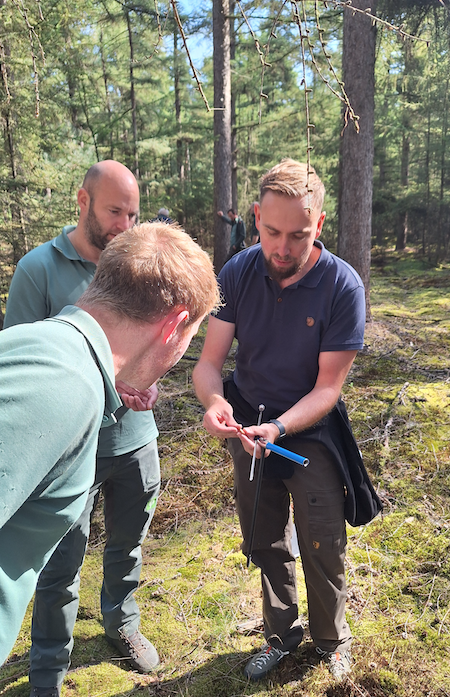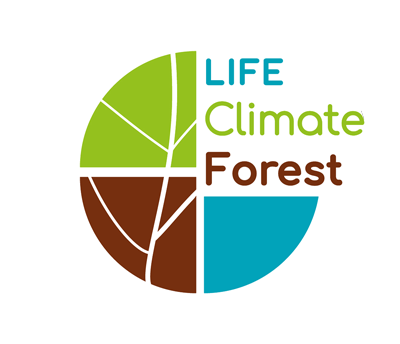
LOTJ in Staphorst: climate-smart forest management in larch forest
- Besides the example forests of LIFE Climate Forest, there are also places where we are working on climate-smart forest management on a smaller scale. These LOTJs are ideal for researching, trying out and sharing experiences, in short 'learning on the job'. LOTJ therefore comes from 'learning on the job'. A good example of this is the LOTJ of Staatsbosbeheer in Staphorst.




Especially monocultures
Staatsbosbeheer manages nearly 6,300 hectares of forest nationwide with larch as the main tree species. This consists of about 97% of Japanese larch and about 3% of European larch. A substantial part of these larch stands consists of monocultures. Especially on dry and nutrient-poor growing sites, larch, especially in years with low rainfall during the growing season, shows reduced vitality and even mortality due to infestations by, among others, larch bark beetle.
Strengthen blending
Jaap Meeuwissen of management team Staatsbosbeheer IJsselvallei Vechtdal: "To minimise the effects of future larch calamities, it is important to proactively strengthen mixing in the remaining areas of larch over the next 10 years. Larch yields high-quality and valuable timber."
Introducing new species
Jaap and the Staatsbosbeheer management team organised a well-attended excursion in August for Drenthe colleagues, the Province of Drenthe and managers of Bosgroep Noord-oost Nederland.
During the field trip on this particular LOTJ, participants with the increment borer noted that most of the growth has been out of it in recent years. And given that the trees are already a good size, this would be a good time to start harvesting and bringing in new species here.
Seed trial and wildlife protection
Since natural rejuvenation has no chance of succeeding due to the thick humus package, this seems a good location to set out a seeding trial or perhaps plant some groups.
For wildlife protection, a grid seems the most logical solution here, although a LOTJ is ideally suited to try out different methods of protection instead. With a pH of 3.5 and no loam in the sandy soil, not too demanding species can be planted. Examples include: birch, fladder elm, sweet chestnut and hornbeam.
Curious about other locations and the measures taken there as part of LIFE Climate Forest?


